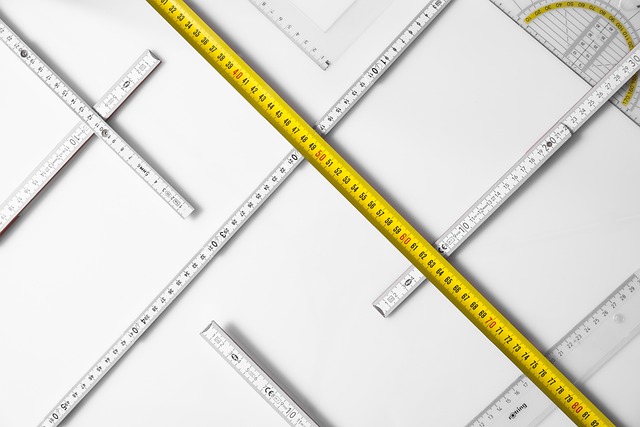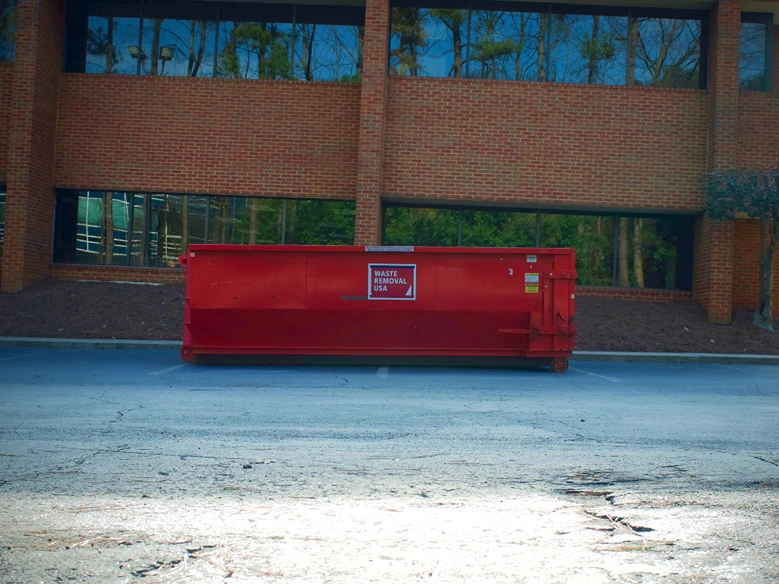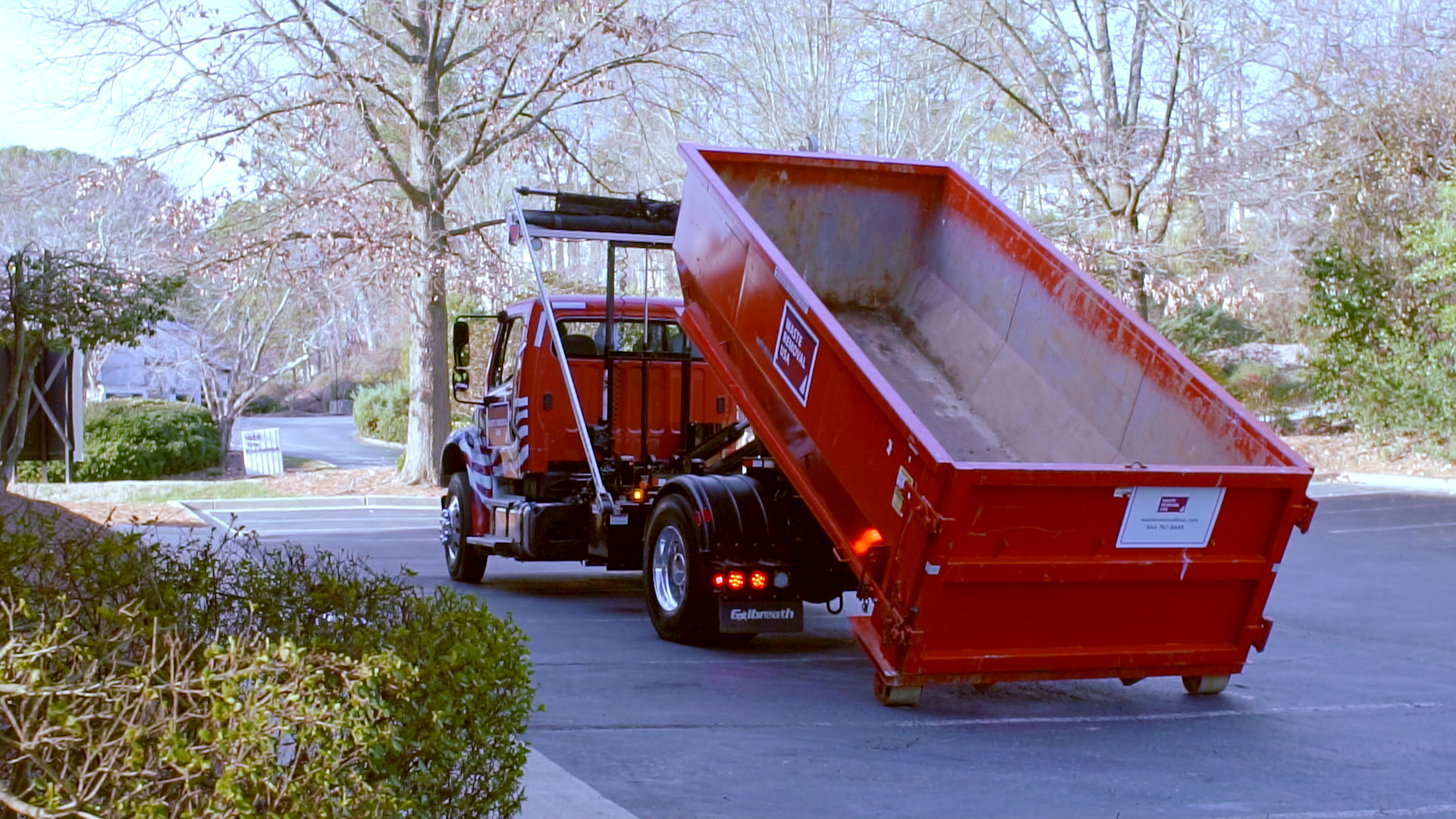February 1, 2024 - Benjamin Ehinger
How Many Cubic Feet in a Yard: Understanding Measurements in Landscaping
CALL NOW 844-762-8449
Understanding the conversion of cubic feet to cubic yards is essential for various practical applications, including landscaping, construction, and waste management. A cubic yard is a measure of volume often used in the United States for materials like soil, mulch, and concrete. Knowing how to convert cubic feet to cubic yards is useful when purchasing, transporting, or calculating the required amount of material for a project.
It’s critical for you to recognize that these volume calculations play a significant role in cost estimation and ensuring that projects meet their specific requirements. A single cubic yard is equal to 27 cubic feet. This conversion is straightforward because a yard is composed of three feet, and when converting from two-dimensional measurements to three-dimensional volume, you multiply the length by the width by the height—each measured in feet—to achieve the volume in cubic feet.
When you’re dealing with materials like mulch, soil, or concrete, it’s essential to understand how volume is measured. In the United States, a common unit of volume for such materials is the cubic yard. Knowing that one cubic yard equals 27 cubic feet can help you determine how much material you’ll need for your project.
For a straightforward calculation, you can use the formula:
For irregular shapes, the process is slightly more complex. You would need to break the shape down into regular shapes, calculate the volume for each part, and then add them together.
Remember, when purchasing materials like mulch, they are often sold by the cubic yard, but you may need to convert to cubic feet if your garden beds or other spaces are measured in feet. By using precise measurements and the standard conversion, you can estimate the right amount of material required for your project and avoid under or over-purchasing.
Always keep a tape measure handy and double-check your calculations to ensure accuracy. After all, a small mistake in measurement can lead to a significant miscalculation in volume.
Selecting the right dumpster size for your project is critical to ensure that you can dispose of your waste efficiently and cost-effectively. Below you will find a detailed breakdown of how many cubic yards each of our dumpster sizes can hold, and equivalent measures to help you visualize the capacity.
When you’re starting a project, knowing the right dumpster size is critical for efficient waste management. One cubic yard is equal to 27 cubic feet, so this translation will help you understand dumpster volumes.
10 Cubic Yard Dumpster
Key Takeaways
- A cubic yard is a unit of volume that is equal to 27 cubic feet.
- Accurate volume conversion is crucial for project planning and cost estimation.
- Understanding volume calculations ensures you can address project needs effectively.
Basic Volume Conversion Concepts
In the world of measurement, converting between different units of volume is a fundamental skill. You’ll often find yourself needing to switch between cubic feet and cubic yards, especially in contexts involving construction, landscaping, or material quantities.Understanding Cubic Feet
Cubic feet (ft³) represent a volume equivalent to a cube with each side measuring one foot in length. To imagine this, consider a box that’s 12 inches wide, 12 inches long, and 12 inches high. The space inside is one cubic foot. This unit is widely used in the United States for measuring materials or spaces like refrigerators and shipping containers.Understanding Cubic Yards
Cubic yards (yd³) are larger units of volume as compared to cubic feet. One cubic yard is the volume of a cube where each edge measures one yard, which equates to three feet. In practical terms, if you have a cube that’s 3 feet in width, length, and height, then you’re looking at one cubic yard of space. This measurement is commonly used in industries like construction, where it helps to describe the volume of materials such as sand, concrete, or soil.Calculating Cubic Feet in a Yard
Volume (cu ft) = Length (ft) x Width (ft) x Height (ft)
This formula assumes that you are working with a space that is a perfect rectangle or square. Here is a simple table to illustrate this conversion:
| Cubic Yards (cu yd) | Cubic Feet (cu ft) |
|---|---|
| 1 | 27 |
| 2 | 54 |
| 3 | 81 |
| 4 | 108 |
Practical Applications of Volume Conversion
Understanding how to convert cubic feet to cubic yards is crucial in various real-world scenarios where accurate volume measurements are necessary.Use in Construction
In construction, knowing exact volume conversions helps you order the right amount of materials, such as concrete, which is typically sold by the cubic yard. When constructing foundations or laying down slabs, calculating the needed concrete using convert cubic yards to cubic feet ensures that you neither fall short nor waste resources.Use in Landscaping
For landscaping projects, soil, mulch, and gravel quantities are usually specified in cubic yards. But the measurements of the space you’re filling are often in cubic feet. Hence, using tools like a cubic yards to cubic feet calculator will assist you in purchasing the correct volume of materials to match your design scheme, keeping your project on budget and on schedule.Use in Agriculture
Farmers frequently need to calculate amendments for large tracts of land. A good grasp of volume conversion is essential when you must convert quantities of compost or irrigation water from cubic feet to cubic yards. For example, unit converters can be very useful to ensure that the land is neither under-fertilized, affecting crop yield, nor over-fertilized, leading to unnecessary expenses and potential environmental harm.Breakdown of Cubic Yards for Our Dumpster Sizes
10 Cubic Yard Dumpster
A 10 cubic yard dumpster can typically hold about 40-45 33-gallon trash bags, or about 3 standard wheelbarrow loads. In terms of pickup truck loads, it can hold approximately 2-3 loads, depending on the size of the truck bed.15 Cubic Yard Dumpster
In a 15 cubic yard dumpster, you can dispose of roughly 60-68 33-gallon trash bags. This translates to about 4.5 wheelbarrow loads. For pickup truck loads, this dumpster size can handle about 3-4.5 loads.20 Cubic Yard Dumpster
A 20 cubic yard dumpster is capable of holding approximately 80-90 33-gallon trash bags or around 6 wheelbarrow loads. In pickup truck terms, this size equates to about 4-6 loads.30 Cubic Yard Dumpster
With a 30 cubic yard dumpster, you have space for about 120-135 33-gallon trash bags or 9 wheelbarrow loads. If you’re considering pickup truck loads, this would be equivalent to 6-9 loads.40 Cubic Yard Dumpster
The largest option, a 40 cubic yard dumpster, can contain around 160-180 33-gallon trash bags or 12 wheelbarrow loads. For pickup trucks, this equals approximately 8-12 loads, making it suitable for the most substantial waste removal needs.The Weight of Common Debris by Cubic Yard
When planning a project, understanding the weight of debris per cubic yard lets you accurately estimate the disposal needs. Various materials have distinct weights, and knowing these can help you choose the right dumpster size and abide by weight limits.- Concrete – Weight per cubic yard: One cubic yard of clean concrete debris weighs approximately 4,000 pounds.
- Common Household Debris – Weight per cubic yard: Diverse household debris averages around 150 to 300 pounds per cubic yard, depending on the items.
- Drywall – Weight per cubic yard: A cubic yard of drywall typically weighs about 500 pounds.
- Scrap Wood – Weight per cubic yard: Depending on the type and moisture content, scrap wood weighs 300 to 600 pounds per cubic yard.
- Scrap Metal – Weight per cubic yard: Light mixed scrap metals weigh around 500 pounds per cubic yard, while heavier metals can be substantially more.
- Soil/Dirt – Weight per cubic yard: Dirt accounts for roughly 2,000 to 2,700 pounds per cubic yard, influenced by moisture content.
- Carpet –Weight per cubic yard: Carpet debris weighs about 4 to 6 pounds per square yard, translating to 360 to 540 pounds per cubic yard.
- Asphalt – Weight per cubic yard: Recycled asphalt pavement weighs close to 4,000 pounds per cubic yard.
- Brick – Weight per cubic yard: A cubic yard of brick debris can come in at around 4,000 pounds, depending on the brick type.
- Gravel/Rock – Weight per cubic yard: Gravel or rock weighs approximately 2,700 pounds per cubic yard.
- Mulch – Weight per cubic yard: Organic mulch weighs in at about 500 to 800 pounds per cubic yard, varying by moisture and material.
Choosing the Correct Dumpster Rental Size for Your Needs
- Dimensions: Approximately 14 ft L x 7.5 ft W x 3.5 ft H
- Best for: small home cleanouts, minimal pre-move junk, and medium-sized landscaping endeavors.
- Dimensions: Approximately 16 ft L x 7.5 ft W x 4 ft H
- Best for: small remodel projects, roofing jobs, or larger landscaping projects that don’t require much vertical space.
- Dimensions: Normally around 20 ft L x 7.5 ft W x 4.5 ft H
- Best For: Mid-sized renovation jobs or bulky item disposal. Its longer length is convenient for lengthy materials.
- Dimensions: Normally around 22 ft L x 7.5 ft W x 6 ft H
- Best For: Office renovations, pallet disposal, and home additions.
- Dimensions: Typically 22 ft L x 7.5 ft W x 7.5 ft H
- Best for: Large construction projects, commercial cleanouts, and extensive demolition debris.
Frequently Asked Questions
What is the conversion ratio between cubic feet and cubic yards?
For every cubic yard, there are 27 cubic feet. This is because a cubic yard is a cube that is one yard on each side, and a yard is equivalent to three feet.Can I equate 3 cubic feet to 1 cubic yard?
No, you cannot equate 3 cubic feet to 1 cubic yard. One cubic yard is equal to 27 cubic feet, not 3. Three cubic feet is just a fraction of a cubic yard.How many cubic yards fit into a standard trash can?
The capacity of a standard trash can varies, but many home trash cans are around 32 gallons, which equates to about 0.15 cubic yards.How many cubic yards will I be able to get in my pickup truck?
The amount of cubic yards that will fit in your pickup truck bed depends on the size of the truck, but typically a standard pickup truck can hold about 2 to 2.5 cubic yards of materials.How many cubic yards will fit into my wheelbarrow?
An average wheelbarrow can fit approximately 0.035 to 0.06 cubic yards of material, based on the fact that wheelbarrow sizes generally range from 2 to 3 cubic feet.What is the difference between a cubic yard and a yard?
A yard measures linear distance and is equal to 3 feet, while a cubic yard measures volume and is the amount of space contained in a cube with sides of one yard in length.RECENT BLOGS
Our Reviews
Glenda Lanier Prowell
1721758635
I have ordered an 11 yard dumpster to be delivered to my house.Lonier was extremely helpful and answered all my questions. The rate was very reasonable.
Cedric Smikle
1721660395
Amber was extremely professional and courteous. She answered all of my questions and even some that I didn’t know I needed to ask.
Cait Kaider
1721243051
I highly recommend Waste Removal USA for their responsiveness and how the staff work hard to provide exceptional customer service. They have done well by us and our clients. Thank you!
Easom Family
1721223306
Louiner Pierre-Louis Is awesome! Did a great job. Will definitely be using this same company for all my dumpster needs because of his awesome customer service! Thank you!!!
tabitha Vazquez
1720539988
Wonderful and fast customer service!
LATEST BLOGS









